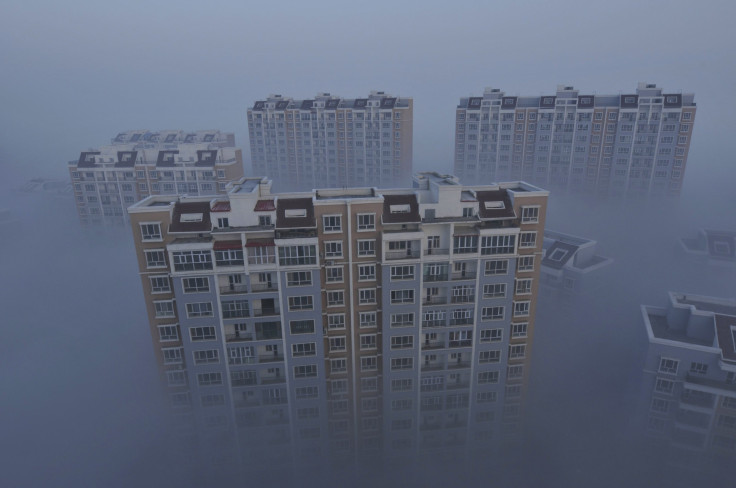Scientists find Chinese-made goods have higher carbon emissions, cause faster global climate change

Scientists revealed that the growing consumption of Chinese-made goods by consumers across the world has been potentially accelerating global climate change. A new study shows that products from China are causing substantial cost to the environment due to its higher carbon dioxide emissions than similar products made in other countries.
Over the past 15 years, China has helped the world economy to gain “new heights,” with its growing supply of lower-cost goods for consumers in developed countries. However, the tremendous quantities of exported Chinese goods were found with huge CO2 emissions due to the country’s less advanced manufacturing technologies and dependence on coal for energy.
The researchers noted that the huge number of products being exported or the energy-demanding industries of the country may also contribute to huge carbon emissions from the country. They looked at China's “dirtiest industries” where it has been found to have high emissions intensity.
In the study, published on Monday in the journal Nature Climate Change, the Chinese industries include steel mills, mineral processors and petrochemical plants that produce huge level of carbon. The particular regions with high emissions include Guizhou, Inner Mongolia, Ningxia, Yunnan and Shanxi.
A previous study also shows that developed countries were obtaining both jobs and especially the pollution by having products from low-wage economies like China, according to study co-author Steven J. Davis, an assistant professor of earth system science at the University of California.
The researchers suggest that the developed countries outsourcing goods should help improve the manufacturing processes of the carbon-emitting areas to reduce the impacts of CO2 pollution. The analysis would help policymakers in China and across the globe to identify which industries and provinces should be the primary target to promote less energy-intensive manufacturing equipment and practices to greatly reduce CO2 emissions, Davis added.
"Given the differences we observed within industries and across provinces in China, many opportunities would involve creating incentives to promote the adoption of Chinese best practices," said lead author Zhu Liu, from the Harvard University and California Institute of Technology.
Contact the writer at feedback@ibtimes.com.au or tell us what you think below






